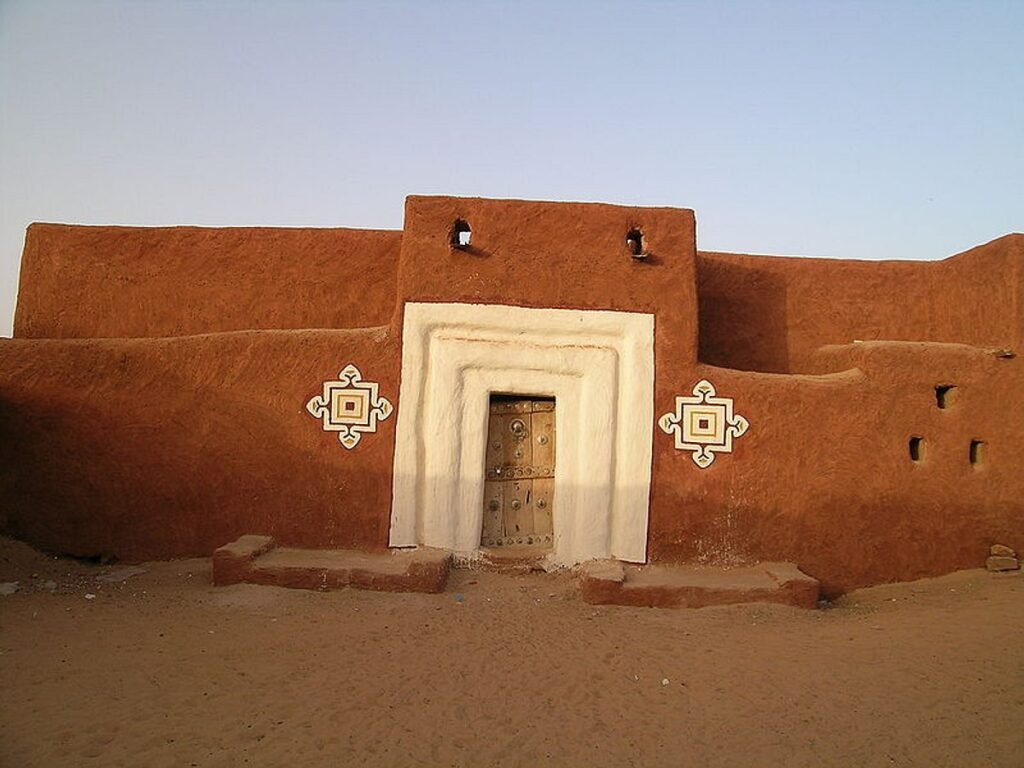Art:0myhdpkbwo4= Ghana Empire

The Art:0myhdpkbwo4= Ghana Empire, renowned for its vibrant artistic heritage, serves as a fascinating case study in the intersection of culture and craftsmanship. From intricate textiles to elaborate metalwork, the artistic outputs of this civilization not only reflect societal values but also highlight the skill of artisans who navigated traditional techniques alongside innovative practices. As we explore the cultural significance of these art forms and their enduring legacy, one must consider how such historical expressions continue to resonate within contemporary West African art. What implications does this continuity have for our understanding of identity and heritage in modern contexts?
Historical Overview of the Empire
The Art:0myhdpkbwo4= Ghana Empire, often regarded as one of the earliest and most influential West African states, emerged around the 6th century CE, primarily in the region that now comprises southeastern Mauritania and western Mali.
Its sophisticated political structure facilitated the establishment of extensive trade networks, allowing the empire to thrive economically and culturally, fostering a climate of growth that profoundly impacted the surrounding regions.
Read more: Art:0lrtsztmwgm= Boba Fett
Artistic Expressions and Innovations
Reflecting the empire’s rich cultural heritage, artistic expressions and innovations in the Ghana Empire played a crucial role in its identity and influence.
Utilizing traditional techniques, artisans crafted intricate textiles, pottery, and metalwork, while contemporary interpretations reimagined these forms, infusing them with modern aesthetics.
This dynamic interplay between past and present not only preserved cultural narratives but also fostered a vibrant artistic community.

Cultural Significance and Influence
Cultural significance and influence within the Ghana Empire were deeply intertwined with its economic prosperity and social structures.
Ghanaian textiles, renowned for their intricate patterns and vibrant colors, symbolized status and identity. Traditional music accompanied communal gatherings, reinforcing social bonds and cultural narratives.
Together, these elements fostered a rich cultural tapestry that reflected the empire’s values, unity, and enduring legacy throughout the region.
Legacy and Modern Relevance
The rich cultural tapestry of the Ghana Empire not only contributed to its historical identity but also laid the groundwork for its lasting legacy and modern relevance.
The Empire’s sophisticated social structures and extensive trade networks fostered economic interdependence, influencing contemporary African societies.
Today, the principles of cooperation and trade established during its height continue to resonate, highlighting the Empire’s enduring impact on regional dynamics.
Read more: Art:0mqfhrsn2tu= Demon Slayer Manga
Conclusion
In the grand tapestry of history, the Art:0myhdpkbwo4= Ghana Empire artistic legacy stands as both a testament to cultural richness and a paradox of modern neglect. While contemporary society often seeks innovation in the arts, the intricate designs and traditional techniques of the empire serve as a reminder that true creativity may reside in the past. Ironically, the quest for originality today may be found in rediscovering and honoring the very traditions that once defined a vibrant civilization.






